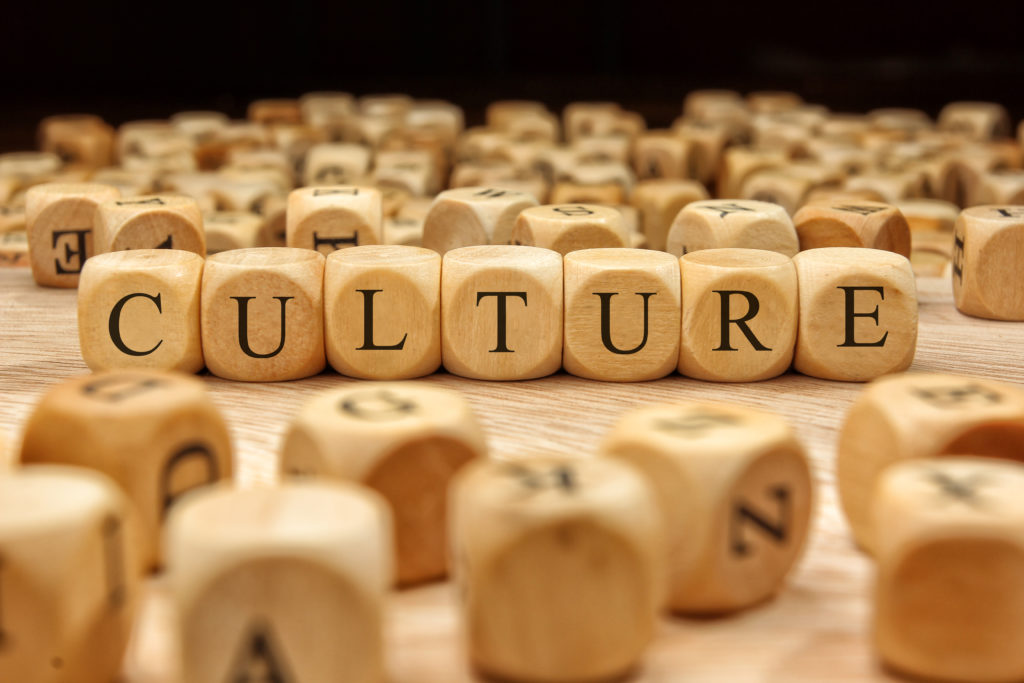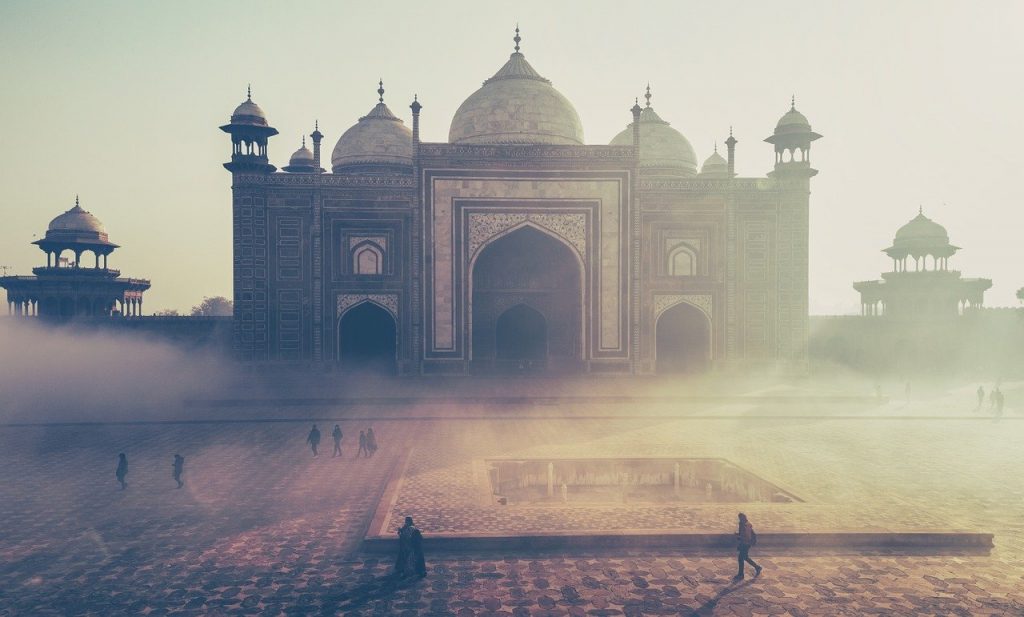Geography
The Republic of India is a country in Asia. It his home to more than one billion people! This makes India the second largest country in the world. India is bordered by Pakistan in the northwest, China and Nepal in the north, Bhutan and Bangladesh in the northeast, Myanmar in the east and Sri Lanka in the south. India is a peninsula surrounded by water on three sides. The Indian Ocean is to the south, the Arabian Sea to the west, and the Bay of Bengal to the east.
India is a very diverse country with the northern cold, snow-capped Himalayan Mountains in the north, the world’s highest rainfall in Cherrapunji, and the world’s driest place known as Thar Desert. More than half of India’s boundaries are beaches. There are many rivers in India. The main rivers are the Ganges, the Brahmaputra, the Yamuna, the Godavari, the Kaveri, the Narmada and the Krishna.
The Flag
The National flag of India is a horizontal rectangular tricolor flag, of orange, white and green with the Ashok Chakra, a 24-spoke wheel in navy blue in the middle. The orange color stands for courage and sacrifice; white for truth, peace and purity; and green for prosperity. The wheel stands for righteousness.
India is divided into states and union territories. They each elect their own local government. There are twenty-eight states and 7 union territories.
Cultural Traditions
The Indian culture is a mixture of other cultures. Many of India’s cultural traditions are over thousands of years old. Hinduism, Buddhism, Jainism and Sikhism are all religions that began in this country. Today, Hinduism is the third largest religion in the world, followed by Buddhism which is the fourth largest. 80% of the people who live in India practice Hinduism. One important Hindu belief is that the cow is respected and seen as a symbol of ahimsa (peace) and good fortune.
For hundreds of years, India has practiced the custom of extended families. An extended family is where parents, children and grandparents all live together. Uncles and aunts and their children may live in the same home, too. The oldest male is the head of the family who makes most of the important decisions. As India becomes more modern, this practice is changing so that parents with their children live in homes by themselves.
Arranged marriages have been a tradition in Indian society, too. Most Indians have their marriages planned by their parents but there are about 10-20% of marriages today that are not arranged. In the past, women were married quite young, but today the age for the bride is increasing.
Holidays and Festivals
Many holidays and festivals are celebrated in India. There are four national holidays called Independence Day, the Republic Day, the Gandhi Jayanti and May Day. There are popular religious festivals, as well. In addition, many Indian states and regions have local festivals and fairs. For example, the Pushkar Fair is one of the world’s largest markets and Sonepur Mela is the largest livestock fair in Asia.
Foods
India is known for its love for food and spices. Indian cuisine is different from region to region because of the local foods, the geography of the land, the local cultures and the groups of people who have come to live in India (Persians, Mughals and European colonists). There are many differences in the foods because of the spices and herbs that are used, the recipes that are chosen and the way the foods are cooked. A lot of Indian food is vegetarian (having no meat), but there are still many traditional Indian dishes that include chicken, goat, lamb, fish, and other meats. Indian food is very popular all over the world. The most common food on an Indian menu is Punjabi cuisine (chicken tikka masala). There are many curry dishes. Kheer is a milk-based popular dessert.
Clothing
Traditional clothing in India is different throughout the country and is influenced by local culture, geography, climate and region. Popular styles of dress include draped garments such as a sari for women and dhoti or lungi for men. The churidar or salwar-kameez with dupatta (a long scarf) thrown over the shoulder completes the outfit for women. Bindi, mehendi, earrings, bangles and other jewelry are common. On special occasions, such as marriage ceremonies and festivals, women may wear cheerful colors with many ornaments made with gold, silver or other regional stones and gems. Traditionally, the red bindi was worn only by married Hindu women, and colored bindi was worn by single women, but now all colors and glitter are a part of women’s fashion.
Men’s clothing includes kurta-pyjama and European-style trousers and shirts. In cities, men often wear more western styled clothing of jeans, trousers, shirts and suits.
In public and religious places, Indian dress etiquette discourages the exposure of skin and wearing transparent or tight clothes. Most Indian clothes are made from cotton which is ideal for the country’s hot weather. Many Indians wear sandals.

Online Hindi lessons for kids: dinolingo.com

